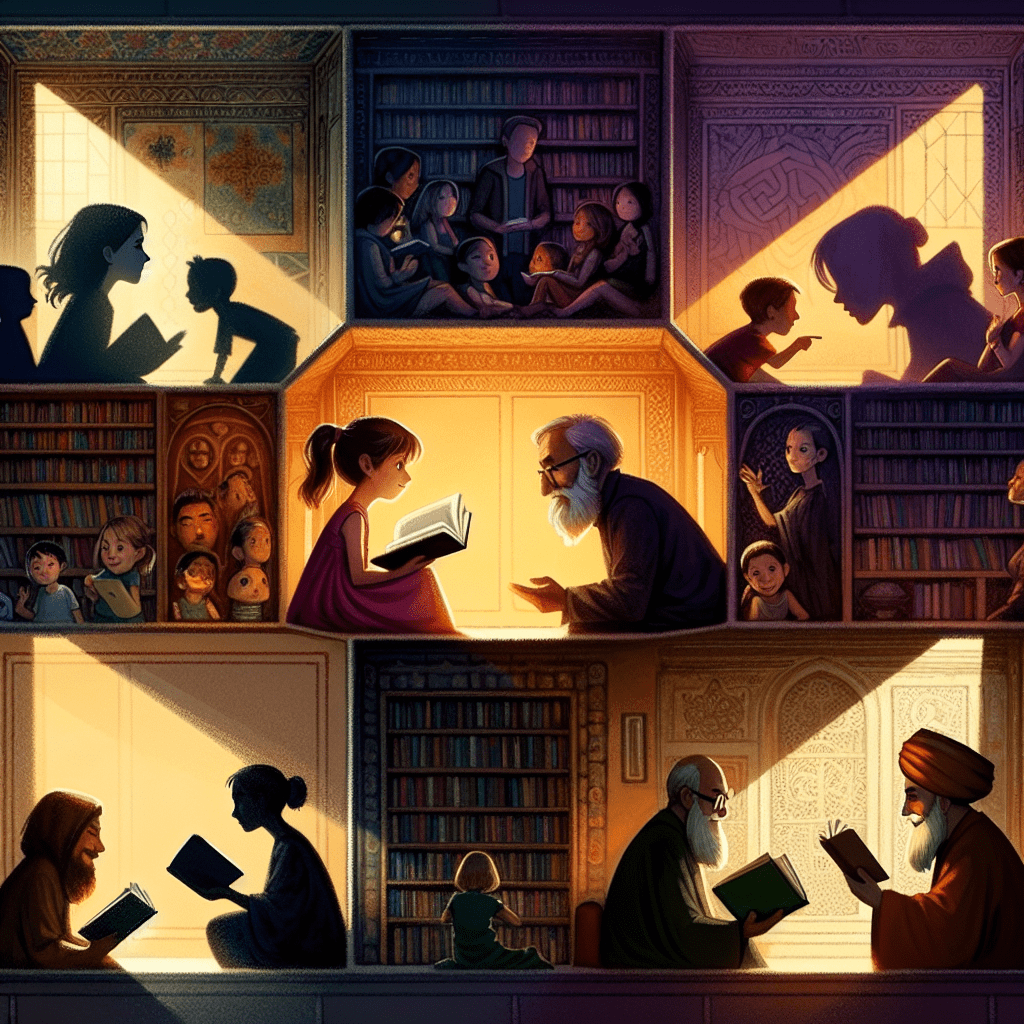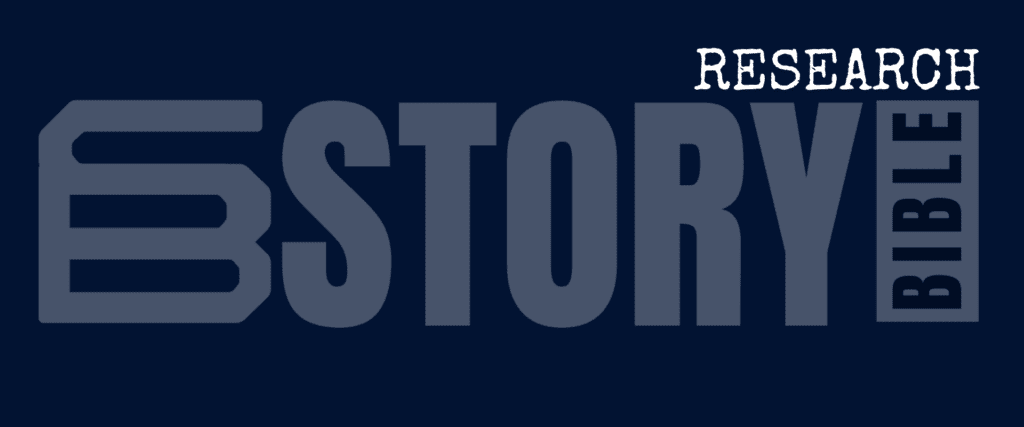Another defining choice for the writer and the story is the narrator.
Within the intricate tapestry of storytelling, the choice of narrator can be the defining thread that shapes a narrative’s tone, depth, and emotional resonance.
Whether it’s a third-person omniscient voice weaving through the minds of multiple characters or a first-person account that immerses readers in a singular point of view, the perspective you choose can transform a simple tale into an unforgettable journey.
The narrator serves as both a guide and a filter, influencing how readers perceive events, empathize with characters, and ultimately connect with the story’s themes.
In this blog post, we will delve into the profound impact of narrative perspective, exploring how the right narrator can elevate your storytelling, create tension, foster connection, and invite readers to experience your story in ways they never thought possible. Join us as we uncover the art of narrative choice and its pivotal role in the stories we tell.
Continued below...


1. Understanding Different Narrative Perspectives
Understanding different narrative perspectives is crucial for crafting a compelling story, as the choice of narrator can dramatically influence how your audience connects with the characters and events. Each narrative perspective offers a unique lens through which the reader experiences the story, adding layers of meaning and emotional depth.
First, consider the first-person perspective, where the narrator is a character within the story, sharing their personal experiences and thoughts directly with the reader. This perspective allows for intimate access to the narrator’s emotions and motivations, creating a close bond between the audience and the character. However, it also limits the reader’s understanding of what that character knows or perceives, which can heighten suspense and intrigue.
On the other hand, the third-person limited perspective provides a broader view while still focusing on a single character’s thoughts and feelings. This allows the reader to gain insight into the character’s internal struggles while still maintaining some distance. It’s a balanced approach that combines intimacy with the ability to explore the world outside the protagonist’s mind, paving the way for a more nuanced understanding of the narrative landscape.
Then there’s the third-person omniscient perspective, where the narrator knows everything about all characters and events. This perspective can be incredibly powerful as it allows for a sweeping overview of the plot and emotional states of various characters. It can create a rich tapestry of interconnected stories, but it requires careful handling to avoid overwhelming the reader with too much information.
Lastly, the second-person perspective is a less common but striking choice, addressing the reader directly as "you." This immersive style can create a sense of immediacy and involvement, making the reader feel as though they are a part of the narrative. However, it can also be challenging to sustain without feeling contrived.
In summary, choosing the right narrative perspective is essential for shaping your story’s tone, pacing, and emotional impact. By understanding the strengths and limitations of each perspective, writers can effectively engage their audience and enhance their storytelling, transforming a simple tale into a profound exploration of the human experience.
2. The Role of the Narrator in Shaping Tone and Mood
The narrator of a story serves as the lens through which readers experience the narrative, profoundly influencing the tone and mood in which it unfolds. Choosing the right narrator is not merely a stylistic choice; it fundamentally shapes how your audience perceives the events, characters, and themes of your story.
For instance, a first-person narrator who shares intimate thoughts and emotions can create a deeply personal and relatable atmosphere, drawing readers into the character's psyche and forging an emotional connection. This perspective can evoke empathy or tension, depending on the narrator's reliability and emotional state.
Conversely, an omniscient third-person narrator can establish a more detached tone, providing a broader view of the story’s world. This approach allows the author to convey subtleties that a single character might miss, enriching the narrative with layers of complexity and irony.
The choice of language, level of detail, and even the pacing of the narrative can shift dramatically based on who is telling the story. A whimsical, playful narrator might lighten the mood in a heavy plot, while a brooding, introspective narrator could heighten the sense of conflict and despair.
Moreover, the narrator's background, voice, and attitude can influence the story's mood significantly. For example, a narrator with a sarcastic or cynical demeanor can infuse humor into dark situations, subtly altering the reader's emotional journey. On the other hand, a naive or innocent narrator may lend an air of tragedy to events that might otherwise appear mundane, highlighting the contrast between their perspective and the reality around them.
In essence, the role of the narrator in shaping tone and mood cannot be overstated. They are not just the voice of the story; they are its heartbeat, guiding readers through a landscape of emotions, helping them interpret the world of the narrative, and ultimately determining how the story resonates long after the final page is turned.
As writers, understanding this power allows us to craft narratives that not only tell a story but also evoke the precise emotional responses we aim to achieve.
3. Creating Empathy: How Perspective Influences Character Connection
The perspective from which a story is told can profoundly shape how readers connect with its characters, and this is where the power of perspective comes into play. When a narrative is delivered through the eyes of a particular narrator, it not only influences the tone and style of the storytelling but also determines the emotional depth and complexity of character interactions.
For instance, a first-person narrator allows readers to delve deep into the psyche of an individual character, experiencing their thoughts, feelings, and struggles intimately. This close connection fosters empathy, as readers gain insight into the character’s motivations and vulnerabilities. Imagine a story narrated by a troubled protagonist grappling with self-doubt; through their candid reflections, readers might find themselves resonating with similar feelings from their own lives.
Conversely, a third-person omniscient narrator offers a broader view, allowing readers to see multiple perspectives and the intricate web of relationships between characters. This can create a more nuanced understanding of each character’s background and desires, highlighting how their individual experiences shape their actions. For example, in a tale of conflict, seeing both sides of the story can help readers appreciate the complexity of human behavior, fostering empathy even for characters who might initially seem antagonistic.
The choice of perspective can also influence the emotional stakes of a story. A restricted viewpoint can heighten tension and mystery, drawing readers into the protagonist's journey as they navigate uncertainty. Meanwhile, a more expansive perspective can provide context that enriches the narrative, revealing connections and past experiences that impact the characters’ present.
Ultimately, the narrator serves as the lens through which we view the world of the story. By carefully selecting the right perspective, writers can craft narratives that foster empathy and understanding, allowing readers to forge connections with characters that resonate long after the last page is turned. In this way, perspective is not just a storytelling device; it is a powerful tool that shapes our emotional journey within the narrative landscape.
4. The Impact of Unreliable Narrators on Storytelling
Unreliable narrators have long captivated readers and listeners by introducing a layer of complexity that challenges our perceptions of truth within a narrative. When an author employs an unreliable narrator, they intentionally create a character whose credibility is compromised, whether through ignorance, bias, or intentional deceit. This choice can drastically alter the trajectory of the story, inviting readers to engage more actively with the text as they sift through layers of deception to uncover the underlying reality.
One of the most powerful impacts of an unreliable narrator is the element of surprise it introduces. By leading readers down a winding path of misinterpretations and skewed truths, the eventual revelations can be both shocking and enlightening. This technique not only keeps the audience on the edge of their seats, eagerly turning pages to unveil the truth but also provokes deeper questions about the nature of reality and perception. For example, in novels like "Gone Girl" by Gillian Flynn, the shifting perspectives of the narrators compel readers to question their loyalties and assumptions, creating a dynamic narrative experience that lingers long after the final page is turned.
Furthermore, unreliable narrators can serve as a mirror to societal norms and biases, inviting readers to scrutinize not just the characters, but also their own beliefs and judgments. By presenting a skewed viewpoint, these narrators can expose the fragility of human perception and the complexity of personal motives, ultimately broadening the reader's understanding of the story’s themes. This reflection can provoke critical thought regarding trust, morality, and the subjective nature of truth, creating a richer, more immersive reading experience.
In essence, the use of unreliable narrators transforms storytelling from a passive experience into an interactive one. Readers are no longer mere observers; they become detectives, piecing together clues and grappling with the duality of truth and deception. This intricate dance between reality and fiction not only enriches the narrative but also fosters a deeper connection between the reader and the story, highlighting the profound power of perspective in shaping our understanding of the world.
5. Case Studies: Famous Stories and Their Narrators
When exploring the profound impact of perspective in storytelling, examining case studies of famous stories and their narrators provides invaluable insight into how narrative choice can shape a reader’s experience.
One of the most iconic examples is F. Scott Fitzgerald’s The Great Gatsby narrated by Nick Carraway. Nick’s position as both an observer and participant allows readers to engage with the opulence of the Jazz Age while also providing a critical lens through which to view Jay Gatsby’s tragic pursuit of the American Dream. His subjective viewpoint imbues the story with an air of nostalgia and ambiguity, urging readers to question the reliability of his storytelling.
Another compelling case is Harper Lee’s To Kill a Mockingbird narrated by Scout Finch. The innocence of Scout’s young perspective creates a powerful contrast against the heavy themes of racism and moral complexity in the American South during the 1930s. Her childlike observations invite the reader to witness the events unfold through an untainted lens, making the harsh realities of prejudice all the more poignant. Scout’s narrative voice fosters empathy, allowing readers to explore difficult themes while maintaining a sense of hope.
In contrast, consider Gone Girl by Gillian Flynn, which employs dual first-person narratives from Nick and Amy Dunne. This duality not only captures the complexity of their tumultuous marriage but also expertly manipulates the reader’s loyalty and understanding. Each character presents a carefully crafted version of events, leading the audience to question their motives and the truth itself. The unreliable narrators create a sense of tension and intrigue that keeps readers guessing until the very end.
Lastly, J.D. Salinger’s The Catcher in the Rye, narrated by the disenchanted teenager Holden Caulfield, exemplifies how a singular voice can encapsulate the angst of adolescence. Holden’s candid and often cynical perspective on the world around him resonates deeply with readers, offering a raw and unfiltered look at the struggles of growing up. His unique diction and stream-of-consciousness style create an intimate connection, allowing readers to experience his profound isolation and longing for authenticity.
These case studies illustrate that the choice of narrator is not merely a stylistic decision but a vital element that shapes the narrative’s tone, theme, and emotional impact. By carefully selecting who tells the story, authors can manipulate perspective, guiding readers through the intricate layers of meaning woven into their tales. Whether through an innocent child, a disenchanted adult, or unreliable narrators, the power of perspective ultimately enhances the storytelling experience, leaving a lasting impression on the audience.
6. 7 Tips for Choosing the Right Narrator for Your Story
Choosing the right narrator for your story is a crucial decision that can significantly impact how your narrative unfolds and resonates with readers. Here are some tips to help you select the ideal voice for your tale.
1. Understand Your Story’s Tone: The tone of your story—be it whimsical, dark, or reflective—should guide your choice of narrator. A lighthearted story may benefit from a quirky, conversational narrator, while a serious drama might require a more subdued and introspective voice. Consider how the narrator's personality and tone will set the mood for your readers.
2. Define the Point of View: Determine whether your story will be told in the first person, second person, or third person. A first-person narrator offers an intimate glimpse into a character’s thoughts and feelings, fostering a deep connection with readers. In contrast, a third-person omniscient narrator can provide a broader perspective, delving into multiple characters' emotions and experiences, which can enrich the narrative.
3. Consider Characterization: If your narrator is a character within the story, think about their background, beliefs, and motivations. A narrator who has a unique perspective or a compelling backstory can add layers to your narrative and enhance the reader's engagement. Make sure their voice is authentic and consistent with their character traits.
4. Evaluate Reliability: Decide whether you want an unreliable narrator—one whose credibility is compromised. This choice can add intrigue and complexity, challenging readers to question what they believe to be true. An unreliable narrator can create suspense and twist the plot in unexpected ways, but it’s essential to handle this technique thoughtfully to avoid confusion.
5. Test Different Narrators: Sometimes, the best way to find the right narrator is through experimentation. Write a scene from different perspectives or using different narrators to see how the story changes. This exercise can reveal how the choice of voice impacts the narrative flow and emotional weight of your story.
6. Think About Your Audience: Consider who your target readers are and what they might connect with. A relatable narrator can draw readers in and make them more invested in the story. Think about their values, interests, and expectations, and select a narrator who resonates with them.
7. Create Your Own Story Bible: Never lose an idea or inspiration again - create your own Story Bible. The choice of narrator will be just one important consideration the writer wrestles with so make space to for this important decision along with the others such as characters, setting and plot.
Download our FREE checklist and you can begin to build your own Story Bible with our help.
By thoughtfully considering these aspects, you’ll be well on your way to selecting a narrator that not only complements your story but enhances it, creating a richer, more immersive reading experience. Your narrator is the lens through which your audience will experience your narrative—choose wisely, and your story will come to life in ways you never imagined.




